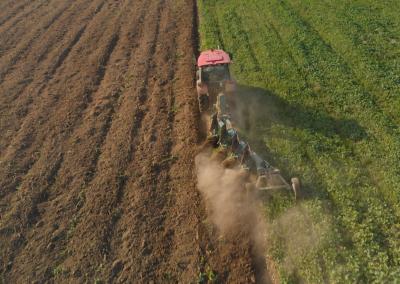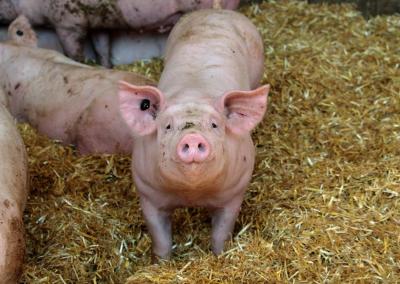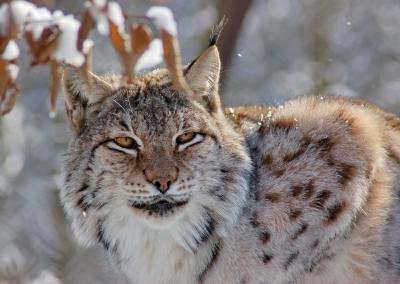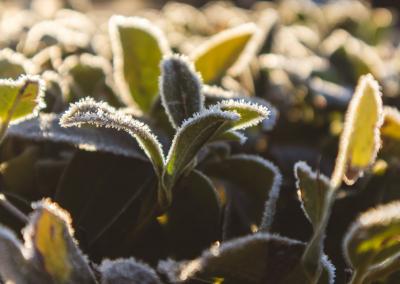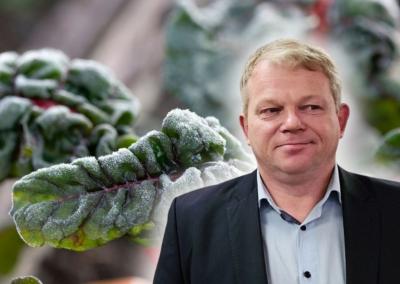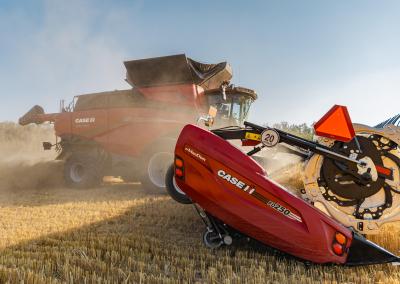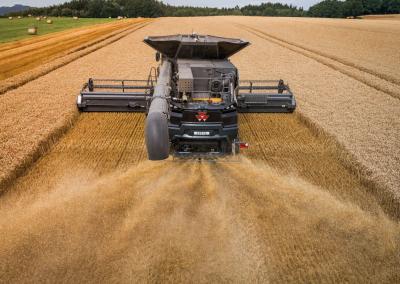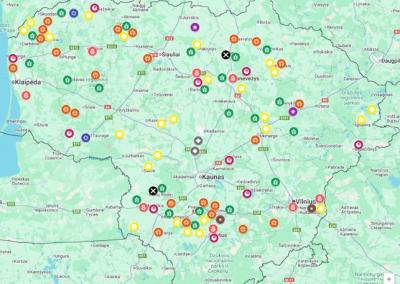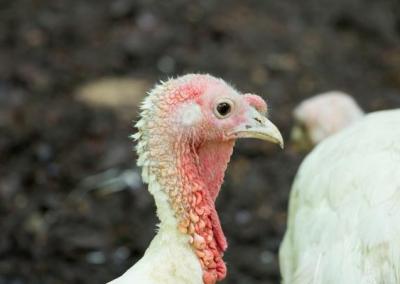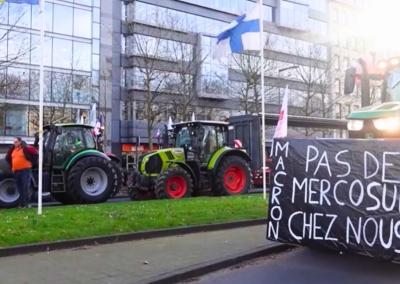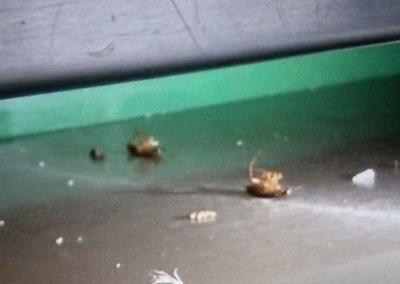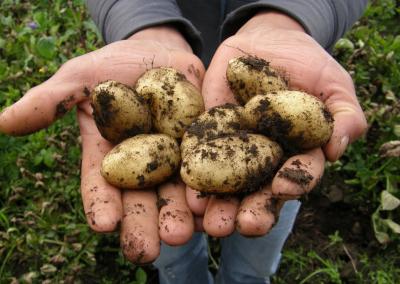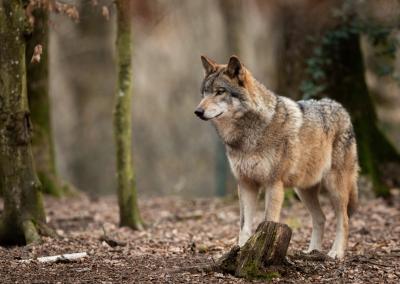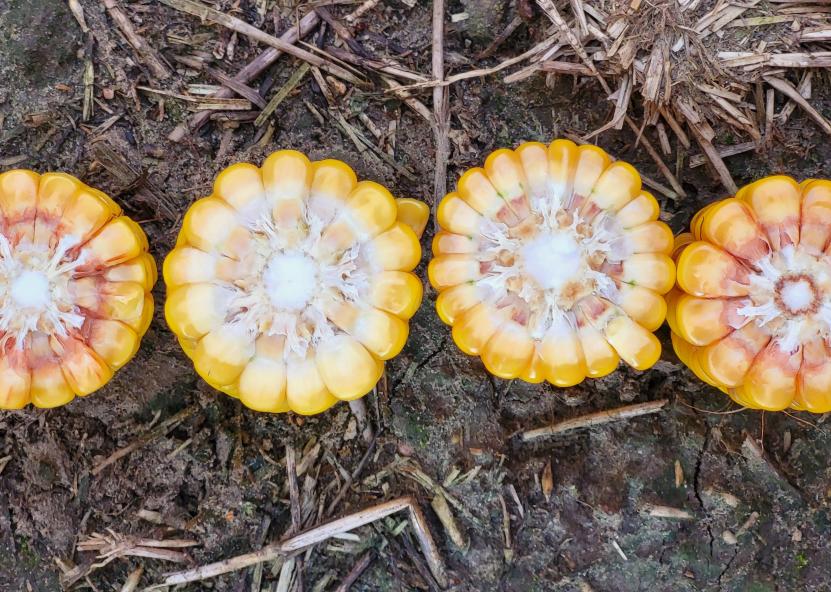Aiming to find the most suitable maize varieties for farmers
A productive dairy farm – one that focuses on one of the most important components – feed quality. It has been observed that an increasing proportion of feed is corn: depending on the farm's capabilities and strategy, the proportion of corn silage in the feed ration can reach 60%. That is why farmers are striving to find the most suitable varieties of this grain for our region, according to a press release.
„It is common knowledge that spring in Lithuania is often slow to get underway, with cool weather accompanied by late frosts. There is a wide range of varieties available from breeders, but not all varieties show the best yield, energy or digestibility results in our region. That is why agricultural companies have been conducting targeted and production trials for years to select the most promising varieties with the best silage or grain yields and quality requirements to meet their customers' needs," says Sigitas Augas, Managing Director of „Dotnuva Seeds“, a direct subsidiary of AB „Linas Agro“.
Conditions for growing maize in Lithuania – improving
According to the company's spokesman, early maize varieties tested this year, which have a FAO – indicator defining the earliness of varieties – between 170 and 190, have accumulated 10 to 17% more dry matter. In contrast, the later varieties, with FAO – between 200 and 250, showed a dry matter increase of 5 – 10 %.
„Looking at the results of the trials, we can see a trend that not only early maize varieties, but also later maize varieties with higher yield potential can be grown in Lithuania. They are also more flexible in terms of harvesting, as they maintain higher organic matter and fibre digestibility rates," explains S. Augas.It is advisable to choose later varieties
For those looking for high quality, high energy silage and forage, it is recommended to choose medium maturity varieties with FAOs between 210 and 220. It is reported that crops of this level have higher biomass, high digestibility of organic matter and high NEL (net energy per lactation) per kilogram of maize silage dry matter.
„Varieties with high digestibility and high energy value are best suited for farms with a maize silage content of up to 40 per cent of the feed ration. The more digestible feed has a higher energy uptake, resulting in a higher milk yield, up to 0.4 litres of milk per kilogram of maize silage solids," says Robert Visockis, product expert at „Dotnuva Seeds“.
According to him, it should also be appreciated that if a smaller amount of feed is required to achieve the same amount of milk, it saves the animals' metabolic energy, as well as reducing the costs of feed additives and minerals.
„Farmers do not always manage to grow enough grass fodder, for a variety of reasons: too wet, too dry, too cold, etc. As a result, maize can sometimes make up more than half of the total feed in diets. In this case, it is advisable to grow later maturing, high biomass maize varieties such as „Ligato“ (FAO 220) and „Dzhekpot“ (FAO 210). Last year's trials showed yields of 51.8 tonnes and 50.6 tonnes per hectare for these varieties, respectively," explains R. Visockis.
It is possible to reduce the influence of climatic conditionsEvery farmer can attest that different varieties of maize and other crops can show very different yield and quality results in the same growing year. To avoid this, agricultural experts advise choosing specialised seeds.
„To reduce the influence of climatic conditions and soil on yields, a brand new „Maximaize 230“ (FAO 220) maize seed was introduced this spring. Under this name, three maize varieties have been purposely selected through trials in a single sowing unit. The more flexible harvesting times and more stable yields, due to the better adaptation of each variety to different growing conditions, result in better forage quality: 8.6% higher green matter yields for this mixture of varieties in this year's trials," comments S. Augas.
When selecting varieties suitable for grain production, it is advisable to choose varieties that are earlier maturing, but have a higher and longer moisture retention in the grain. For those who are undecided on the most suitable crop, the agricultural expert advises to evaluate varieties that have been tested in trials.
„Maize variety trials are an important step towards more accurate, efficient farming and increased productivity on livestock farms. Such trials allow farmers to make decisions based on the results of the trials when selecting maize varieties and to optimise their farm operations by producing higher quality and higher energy value forage," says S. Augas, Managing Director of „Dotnuva Seeds“.

